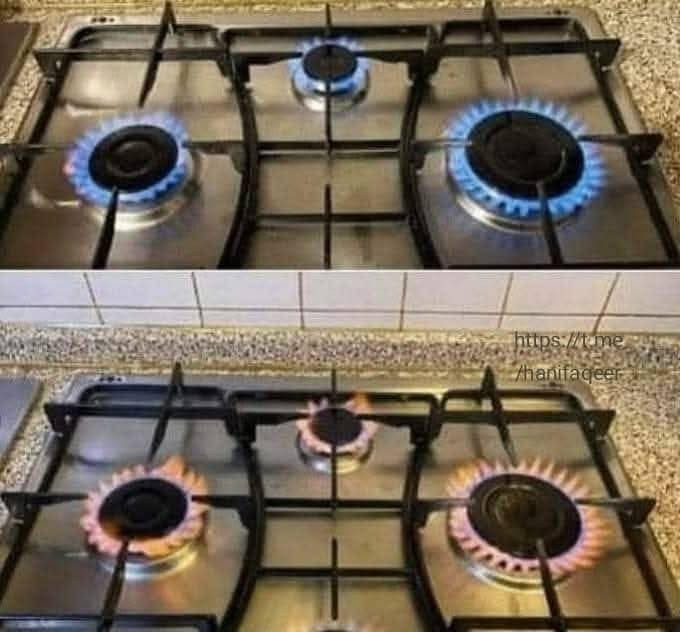ADVERTISEMENT
Certainly! Here’s a polished article titled “Keep Your Stove Flame Blue: A Guide to Safe and Efficient Cooking.” Let me know if you want it shorter, longer, or more casual/formal.
Keep Your Stove Flame Blue: A Guide to Safe and Efficient Cooking
For many of us, the kitchen stove is the heart of the home — where delicious meals are created, family gathers, and memories are made. But did you know that the color of your stove’s flame is more than just a visual detail? A blue flame is a key indicator of safe, efficient cooking, while a yellow or orange flame could signal a problem that affects both your health and your energy bills.
In this guide, we’ll explore why keeping your stove flame blue is essential and share practical tips to maintain it for safer, cleaner, and more economical cooking.
Why Should Your Stove Flame Be Blue?
A properly functioning gas stove produces a blue flame because it is burning the fuel (usually natural gas or propane) completely. This complete combustion results in:
- Maximum heat output: Blue flames provide more consistent, hotter flames for efficient cooking.
- Reduced carbon monoxide risk: When combustion is incomplete, yellow flames appear, producing dangerous carbon monoxide gas.
- Less soot and residue: Blue flames burn cleanly, avoiding buildup that can clog burners and reduce stove lifespan.
If you notice your stove’s flame turning yellow or orange, it’s time to take action.
Common Causes of a Yellow or Orange Flame
- Dirty burners: Food spills, grease, and debris can clog the burner ports.
- Poor ventilation: Insufficient oxygen supply disrupts combustion.
- Incorrect gas pressure: Faulty regulators or gas line issues may cause uneven burning.
- Using the wrong gas type: For example, a propane stove running on natural gas without adjustment.
How to Keep Your Stove Flame Blue
1. Regular Cleaning
Clean the burners regularly by removing them and soaking in warm, soapy water. Use a soft brush to clear any clogged holes. Wipe down the stovetop to prevent grease buildup.
2. Check for Proper Ventilation
Make sure your kitchen is well-ventilated. Gas stoves need fresh air to supply oxygen for combustion. Avoid sealing your kitchen tightly while cooking.
3. Inspect and Adjust Burner Components
Ensure burner caps and heads are properly seated and aligned. Misaligned parts can cause uneven flames.
